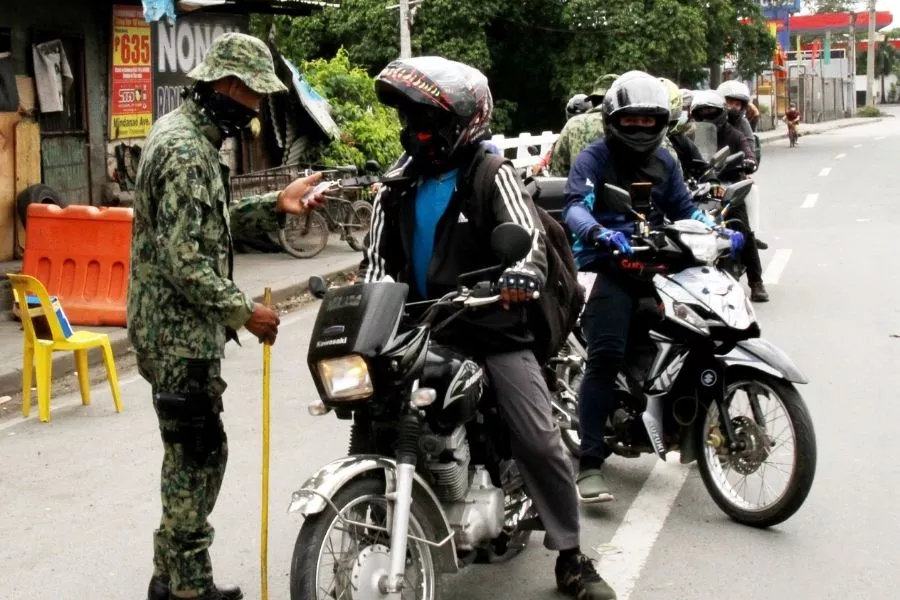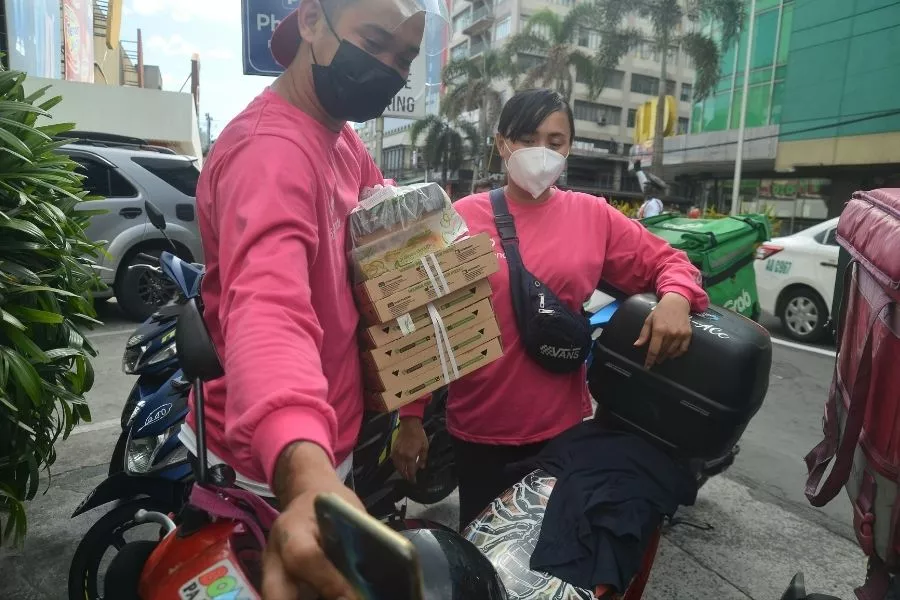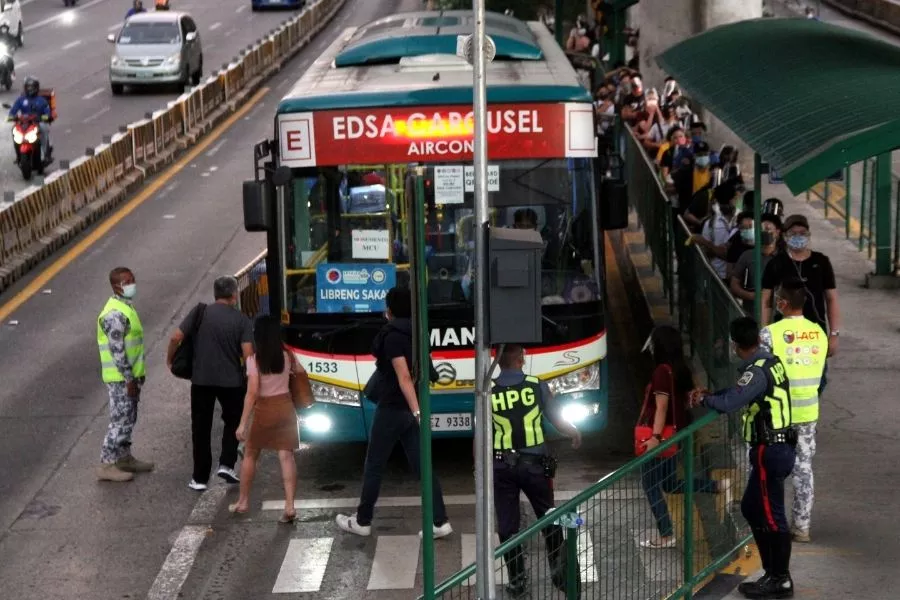Emerging from the modified enhanced community quarantine (MECQ) which had been extended for a month, the country’s capital and adjoining areas will now transition to a general community quarantine status or GCQ.

Authorities are placing NCR Plus under GCQ until the end of the month
Metro Manila, Bulacan, Rizal, Laguna, and Cavite, collectively known as NCR Plus, will have a downgraded quarantine status, albeit with reported heightened restrictions. Other areas will also be placed under GCQ, namely:
Cordillera Administrative Region
- Apayao
- Baguio City
- Benguet
- Kalinga
- Mountain Province
- Abra
Region 2
- Cagayan
- Isabela
- Nueva Vizcaya
Region 4-A
- Batangas
- Quezon
Region 4-B
- Puerto Princesa
Region 10
- Iligan City
Region 11
- Davao City
BARMM
- Lanao del Sur
MECQ continues to be in effect over Santiago City in Quirino Province, Ifugao Province, and Zamboanga City until the end of the month, following government concerns over the spike of COVID-19 cases in these jurisdictions. The rest of the country will be covered by GCQ.
For motorists and other travelers, the heightened restrictions refer to limiting all interzonal movement in and out of NCR Plus to essential purposes by Authorized Persons Outside Residence or APORs. These include work, procurement of needed supplies, and emergency cases.

Travel in and out of designated areas will be limited to essential purposes, such as food deliveries
Authorities assure commuters that public transportation will remain operational, in accordance with existing capacities and protocols laid out by the Department of Transportation. Outdoor tourist sites can accommodate visitors, but only up to 30 percent of total capacity.
Citizens between 18 and 65 years of age will be allowed to leave their homes. Restaurants may accept dine-in patrons up to 20 percent indoor dine-in capacity, while outdoor or al fresco dining will be allowed up to 50 percent capacity. Religious gatherings and necrological services will be conducted at 10 percent capacity, while personal care services not requiring mask removal such as salons and beauty clinics can operate at 30 percent capacity. Non-contact sports and recreational activities will be allowed.

Mass transit capacities and protocols remain, as more people are allowed outside of their homes
Bars, concert halls, theaters, internet cafes, billiard halls, and arcades are still prohibited from opening. The ban also applies to amusement parks, playgrounds, and indoor sports courts and tourist attractions, as well as venues for business meetings and conferences.
Keep abreast of mobility updates at Philkotse.com.
Recent posts
- mecq guidelines ncr plus Apr 12, 2021
- dotr public transport guidelines ecq ncr plus Sep 28, 2021
- travel allowed within ncr plus pnp Mar 23, 2021
- MECQ August Guidelines Aug 03, 2020












